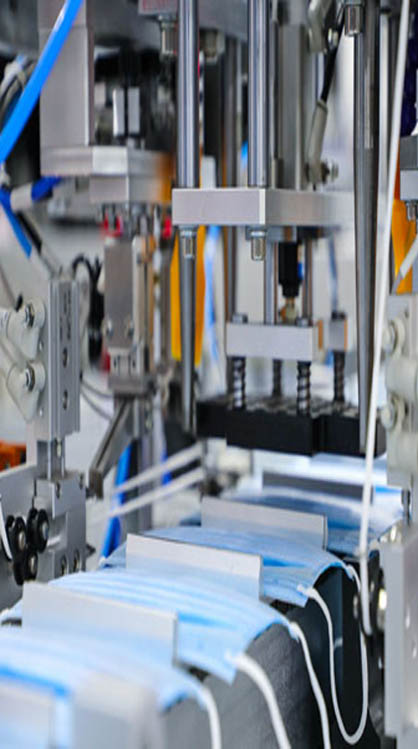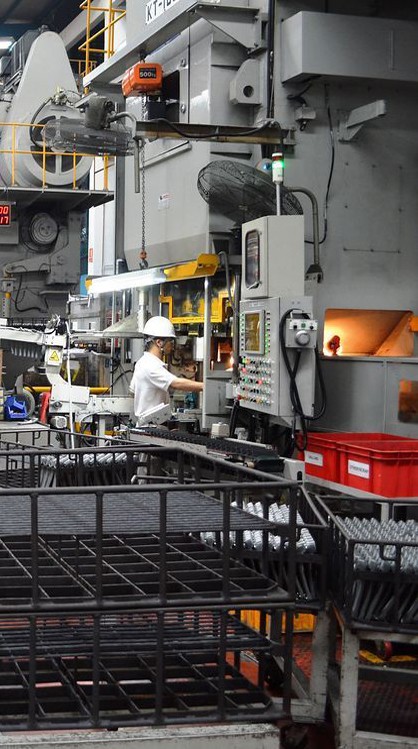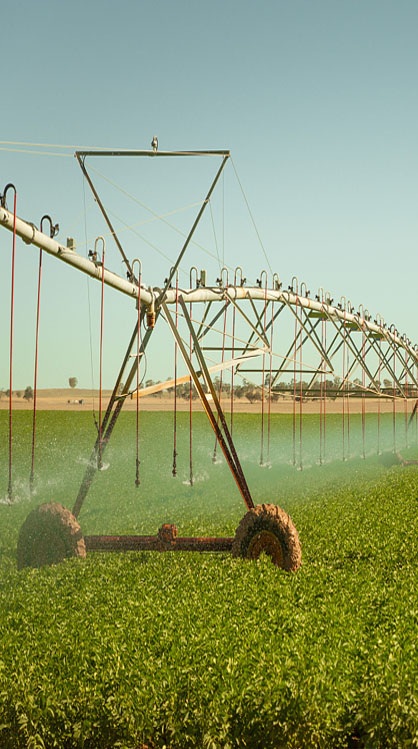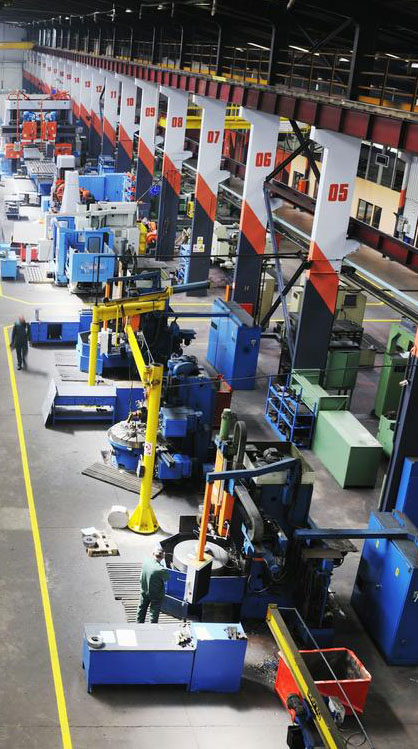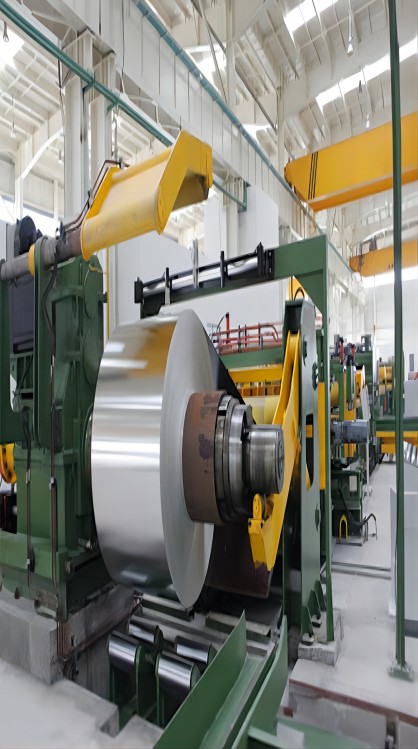Hot galvanized(aluminium) production line
The hot galvanized(aluminum) production line is a continuous hot galvanized(aluminum) unit used to produce zinc and aluminum plated steel rolls. The designed annual production capacity is 250,000 tons. The products are mainly used in the electrical industry, construction industry, agriculture and some domestic electricity industries. The unit includes a number of processes such as pre-cleaning, annealing, hot dip aluminum zinc plating, post-plating cooling, and leveling, drawing, passivation(fingerprint resistance), oil coating, winding, and surface defect inspection. It has achieved multifunctional and efficient continuous production. The hot galvanizing unit equipment is reliable and has the flexibility to handle a variety of product varieties online to adapt to changes in market requirements. It is equipped with oil coating, roll splitting and other functions in the export section, and can organize production according to user requirements.Process parameters:1, substrate material: cold rolled carbon steel, high-quality carbon steel and low alloy steel2, strip width: 600 ~ 1500 mm3, strip thickness: 0.15 ~ 3.5 mm4, steel coil outer diameter: φ 800 ~ 2000 mm5, process speed: 80 to 200 meters / minute6, energy types: electricity, natural gas, liquefied petroleum gas, gas, Steam, air pressure, etc..7, the coating state: ordinary zinc flowers, small zinc flowers, zinc flowers, light zinc flowers8, coating thickness: 50 ~ 300 g/m2(double sided)9, post-plating treatment: finishing, drawing, fingerprint resistant coating / passivation, coating
Second, the composition of the unit equipment:The unit mainly includes: entrance section with two unwinding machines, entrance transverse shear, welding machine, entrance sleeve, cleaning section, stove section, zinc pot, air knife system, cooling short, flatten machine, pull and pull machine, passivation machine, export sleeve, quality inspection, oil coating machine , exit horizontal shear, exit section with two tension windings, steel coil transportation system, steel coil bundling machine and heavy machine.III. Features of equipment:1, hot galvanized(aluminum) before the removal of steel surface dirt chemical and electrolytic cleaning device.2, using a horizontal furnace, simple structure, easy to operate, easy to maintain. The preheating section is heated by the combustion exhaust gas of the direct flame heating section. Using direct flame heating can shorten the heating length and burn the residual oil on the surface of the strip. The air-combustion ratio of direct flame heater operation is less than 1.0, and it does not oxidize strip steel. The "W" type radiation tube is used in the heating and isothermal section of the radiation tube. The heat exchangers are installed in each radiation tube burner to heat the air.3, in order to control the steel tension inside the furnace and the hot-plated area, the furnace roller in the furnace is driven by a gear motor alone, the frequency conversion speed regulation system is regulated, and a hot tension roll group is set up at the rear of the stove to ensure that the steel tension is constant and the plate shape is good. The coating is distributed more evenly.4, the use of four roll leveling machine and two bending two orthopedic bending straightener, liquid operation, which is conducive to improving surface quality and improving plate shape.5, automatic winding, using cutting, cutting and sampling.6, the use of coating thickness measurement instrument can monitor the actual thickness of the coating in real time, guiding the precise adjustment of the gas knife.Using a fingerprint resistant coating roller coating machine with a fast switching device can effectively optimize the equipment layout of the process section, reduce the investment in the factory building, and obtain accurate organic or composite coatings on the strip surface.8, the control system adopts vector frequency conversion speed regulation, CPC and EPC correction, field bus and other control technologies, good human-machine interface, stable and reliable equipment





